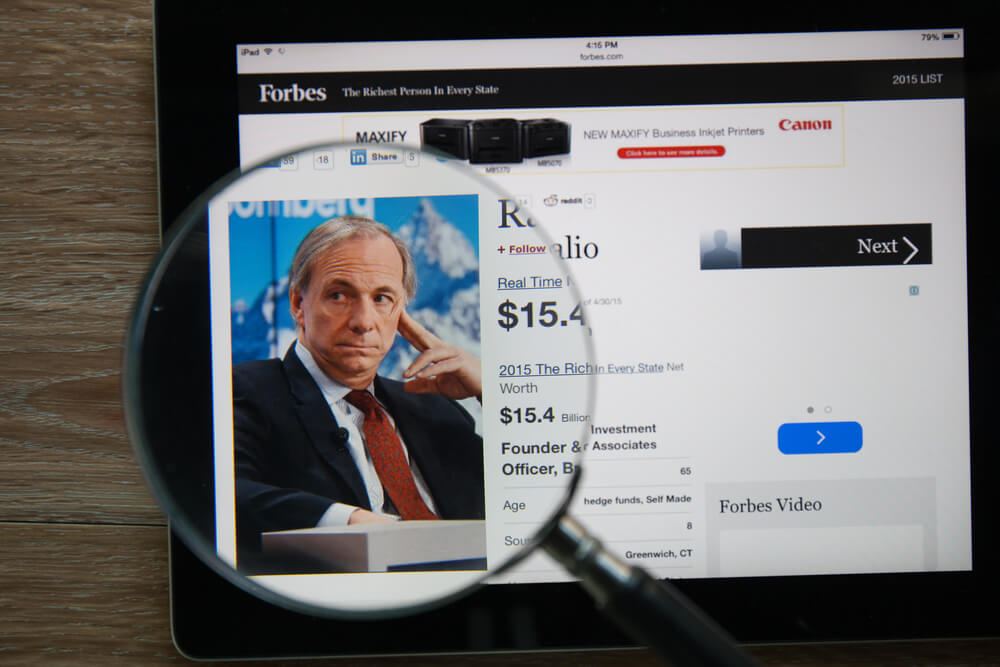Billionaire hedge fund titan Ray Dalio is the founder, co-chair and co-chief investment officer of Bridgewater Associates, the largest hedge fund in the world. He’s a brilliant market historian as well as prognosticator so when he speaks — or his firm makes big moves — smart people listen.
And his firm just made a $1.5 billion bet that stock markets around the world will fall by March 2020, according to a Wall Street Journal story citing people familiar with the matter.
“The wager, assembled over a span of months and executed by a handful of Wall Street firms, including Goldman Sachs Group Inc. GS, +0.76% and Morgan Stanley MS, +0.20% , would pay off for the world’s biggest hedge fund if either the S&P 500 SPX, +0.05% or the Euro Stoxx 50 SX5P, +0.51% — or both — declines, some of the people said,” MarketWatch’s Juliet Chung and Gunjan Banerji wrote.
The bet is mostly made up of put options, which are contracts giving the owner the right to sell a specific amount of stocks at a predetermined price — called a “strike price” — within a set time frame.
“Put options are traded on various underlying assets, including stocks, currencies, bonds, commodities, and indexes,” according to Investopedia’s explanation. “A put can be contrasted with a call option, which gives the holder (the option) to buy the underlying at a specified price on or before expiration. They are key to understanding when choosing whether to perform a straddle or a strangle.”
- Put options give owners the right, but not the obligation, to sell a specified amount of an underlying security at a specified price within a specified time frame
- Put options are available on a wide range of assets, including stocks, indexes, commodities and currencies
- Put option prices are affected by the underlying asset price and time decay
Basically, put options allow a trader, or in this case a hedge fund, to wager a smaller amount of money to hedge against bigger positions, should those positions tank.
Bridgewater spent about $1.5 billion for the options contracts, which is about 1% of the firm’s $150 billion in assets under management.




